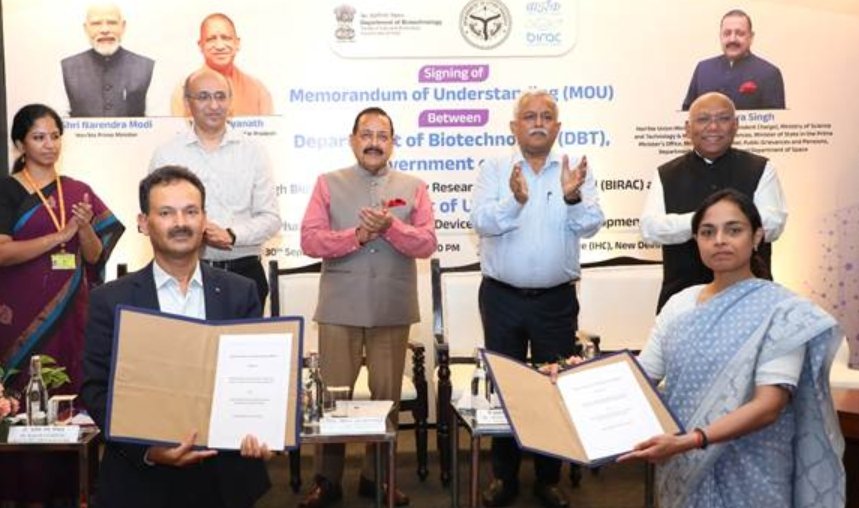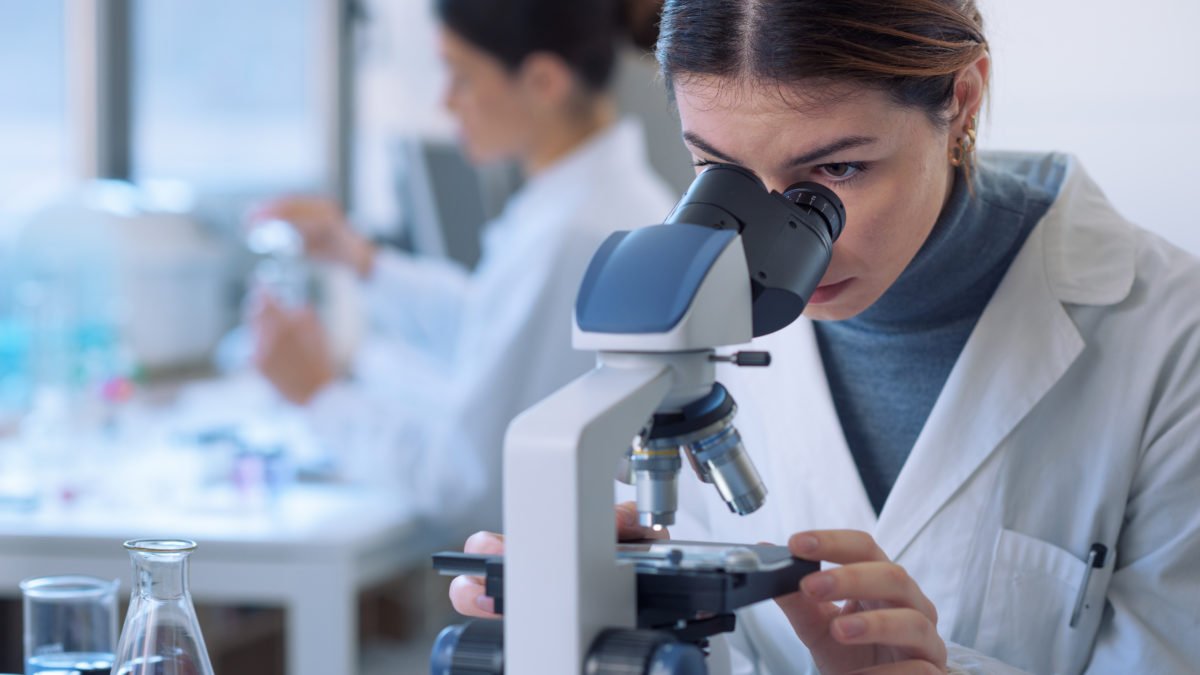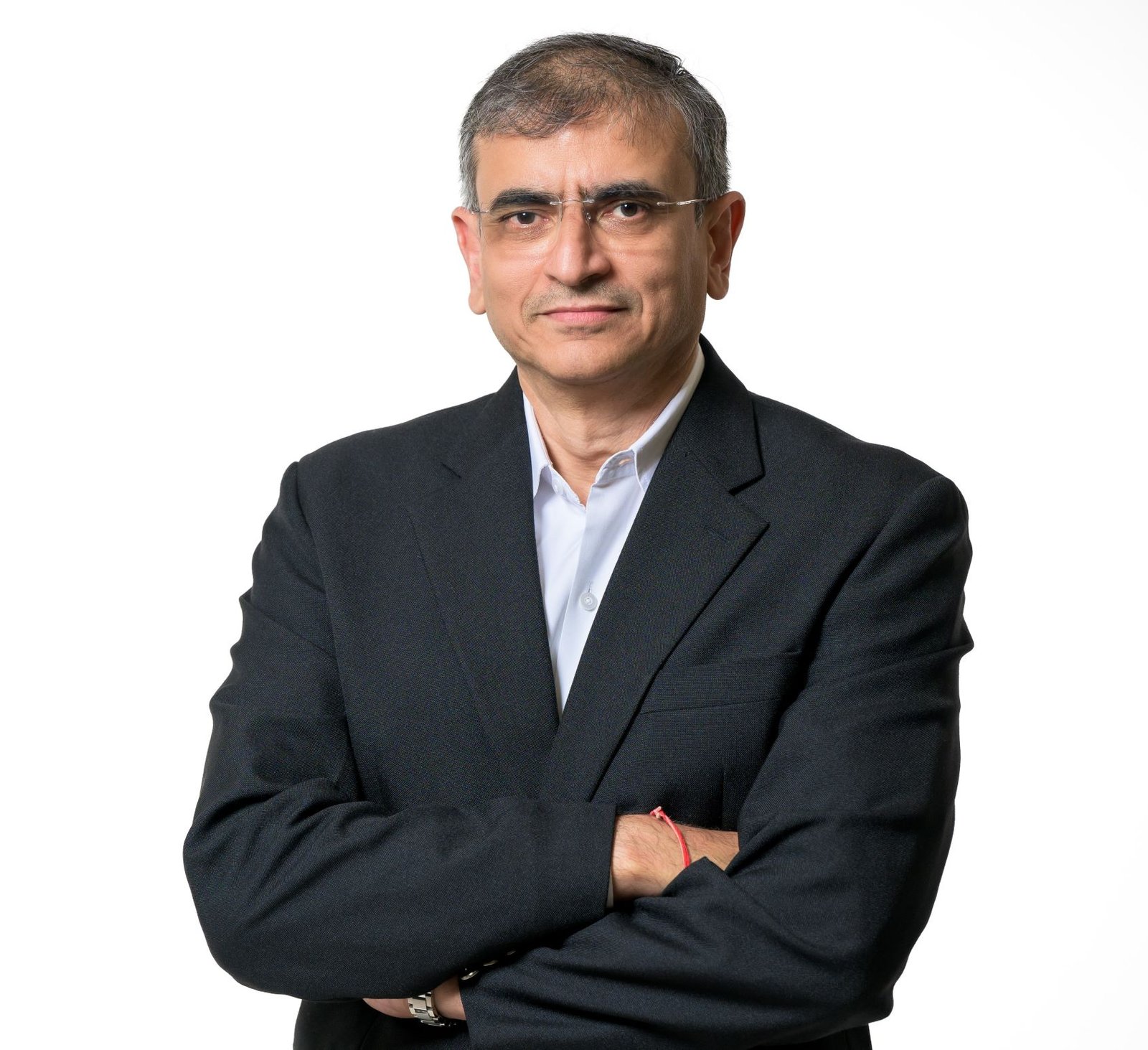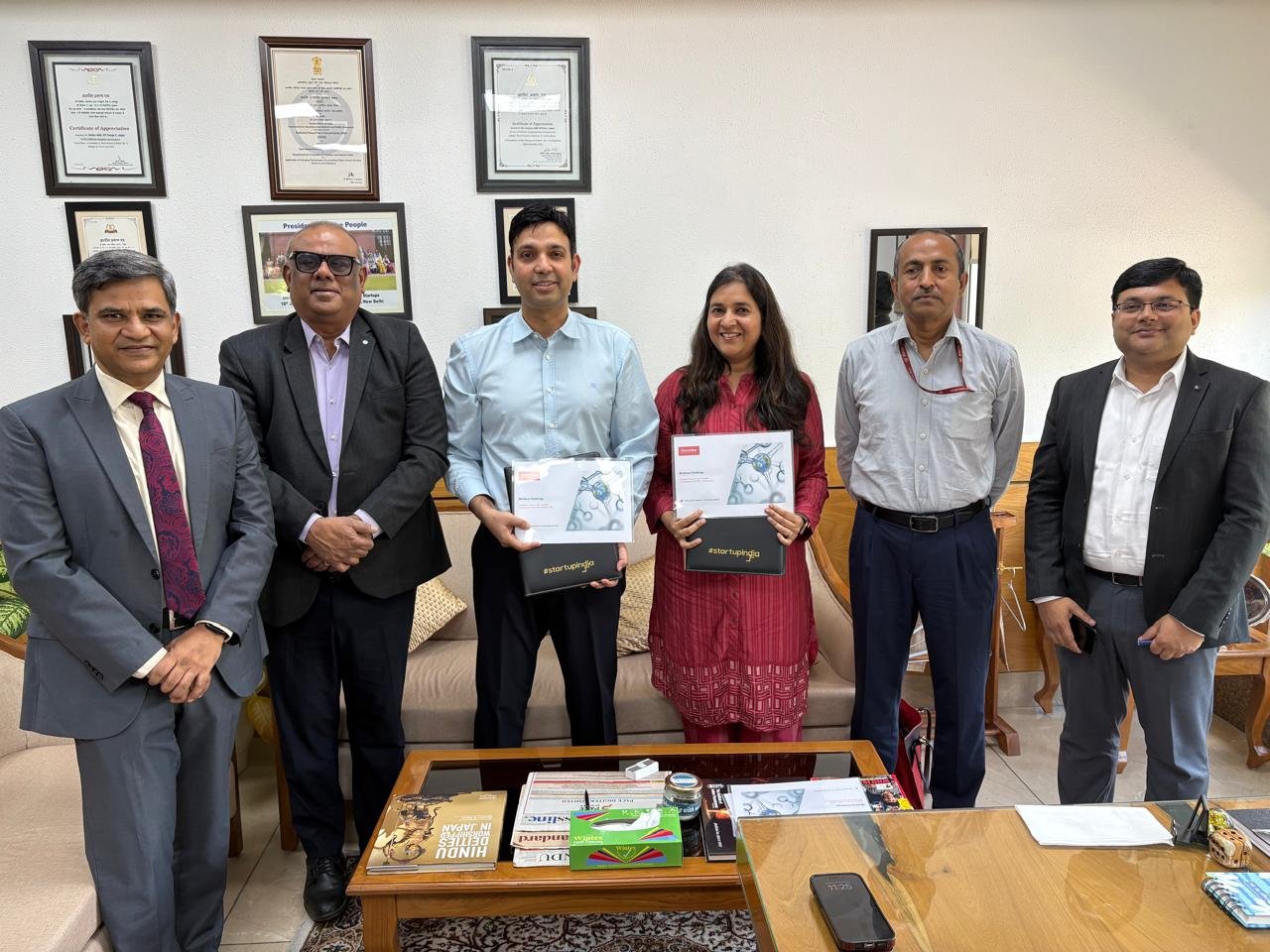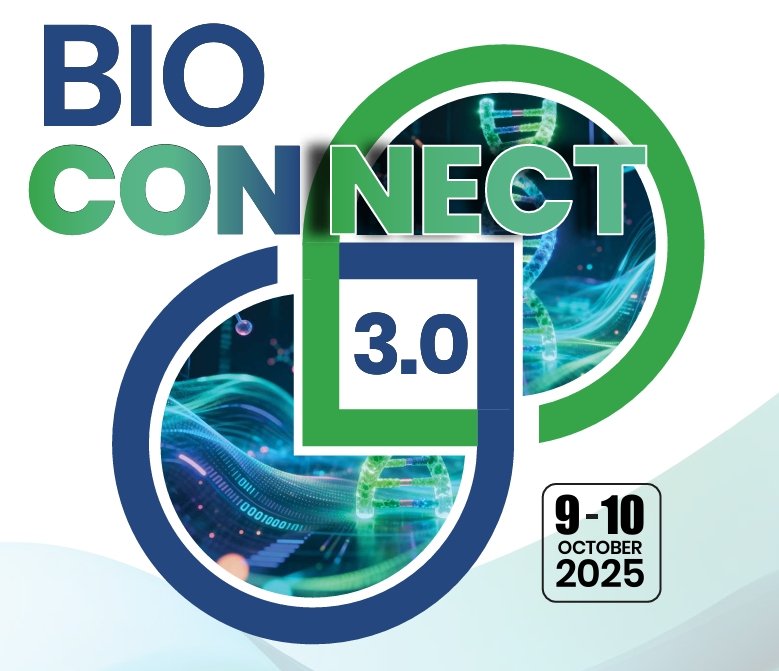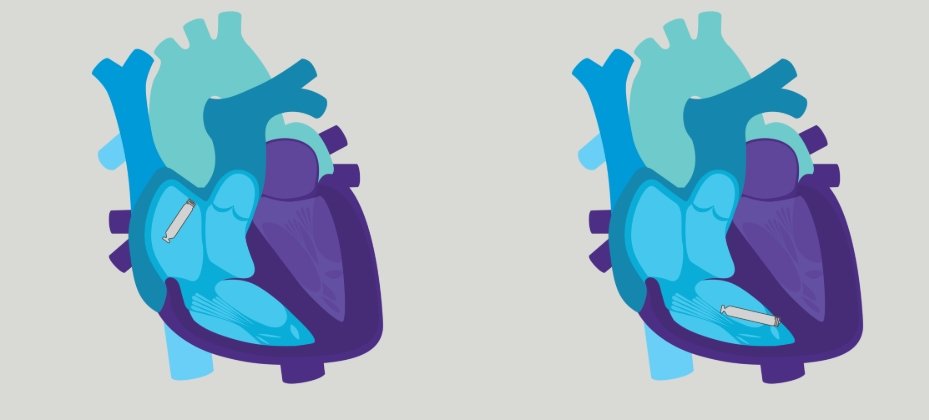Navigating the Complexities of Pharma Packaging Sustainability
August 31, 2025 | Sunday | Features | By Sanjiv Das
Pharma companies in India are increasingly adopting sustainable methods in packaging to ensure that medicines remain safe and the environment is protected. Various initiatives by the government, focusing on reducing carbon footprints, are revolutionising the pharma packaging industry. There has been a paradigm shift towards sustainability, digitalisation and patient-focused solutions. Companies are transitioning to bioplastics, paper-based, and wood-based bio-PET alternatives, reducing reliance on petroleum-based plastics and lowering carbon footprints.
image credit- shutterstock
The pharma packaging industry is seeing a strong shift towards more patient-friendly packaging. Child-resistant designs are becoming a more commonly used feature in Over-The-Counter (OTC) products. The industry is also rapidly shifting towards opting for more sustainable manufacturing practices.
Pharma manufacturers are not just working to reduce their carbon footprint, but are also choosing partners who can help them reduce their scope 3 emissions. The industry is seeing increased investments in packaging materials that are recyclable, reusable and bio-degradable.
Medicines are travelling across continents facing diverse environmental conditions. This has amplified the need for robust, reliable packaging that can withstand varying temperatures, humidity, and handling challenges without compromising product integrity.
Innovations and initiatives
Pharma packaging is seeing major innovations. Usage of QR codes, Data Matrix codes and RFID (Radio Frequency Identification) tags provide instant access to comprehensive drug information (dosage, side effects, refill options). These enable real-time tracking throughout the supply chain. These also help in verifying authenticity and combating the growing problem of counterfeit medications.
The sector is witnessing a shift from static to dynamic packaging which includes AR, QR codes, personalised dosing, refillable designs and eco-friendly materials. Secondary packaging enhancements include blister packs, senior-friendly PFS kits, RFID/NFC labelling, easy-open blister seals etc.
German-based company Gerresheimer, the systems and solutions provider for the pharmaceutical and biotech industry, having its production locations in Kosamba, Kundli and Mumbai in India has introduced a web-based product database designed to streamline the selection and registration of primary plastic packaging for medicinal products. The platform aims to simplify regulatory approvals and reduce time-to-market for pharmaceutical companies.
Pune-based Cilicant offers various innovations while packaging pharma products. These are silica gel, molecular sieve, DAVSORB (super-absorbent), Cilicant 270 (cargo desiccant) for moisture control and activated carbon sachets for odour control. Cilicant ensures that every desiccant product that the company ships carries a unique serial number on its label. Canisters are laser-marked with a permanent serial number. This number is directly linked to the raw material batch used in manufacturing, giving a complete traceability for the desiccants down to their raw materials. The system ensures transparency and accountability throughout its supply chain.
Mylan has taken certain initiatives when it comes to sustainable packaging. Mylan (part of Viatris) employs bio-based materials, high-barrier multi-layer films, and modified-atmosphere tray sealing. The company invests in digital inkjet traceability. The company is optimising design, reducing components and using direct printing and biodegradable shrink films selectively.
ACG has introduced digital and laser printing innovations that support traceability and on-demand customisation. Digital printing allows for real-time printing of batch data and QR codes directly on packaging. Laser engraving creates durable, tamper-evident markings without ink. These technologies are designed to enhance traceability and patient safety while improving operational flexibility.
Packaging innovation efforts of Alkem combine practical elements for patient ease with strong security mechanisms in their approach. Several products are designed with child-resistant packaging, senior citizens-friendly features, and multilingual and braille labelling to improve accessibility. Alkem has also included calendar markers in the design which function as straightforward dosage reminder systems.
Says Dr Vikas Gupta, CEO, Alkem Laboratories, “Pharma packaging today goes much beyond protecting the product. It is becoming more patient centric with the design, safety features, and precise information enabling better compliance and preventing counterfeits. The industry is moving towards smart technologies such as barcodes, RFID tags, advanced serialisation, and even blockchain to combat counterfeiting and improve supply chain transparency. We are focussed on developing and integrating patient-friendly packaging solutions that not only comply with global benchmarks but also anticipate the evolving demands of healthcare.”
Navi Mumbai-based Jay Wood Industry (JWI), the manufacturer of ISPM-15 certified wooden pallets and packaging, is helping pharma exporters move toward eco-conscious, regulation-compliant packaging solutions—a critical shift in light of evolving international standards and ESG goals. The natural, biodegradable wooden solutions help to reduce the carbon footprint and align with the growing demand for green packaging.
Says Jay Deepak Shah, CEO and MD, Jay Wood Industry, "We’ve witnessed increasing interest in reusable and treated wooden pallets that meet ISPM-15 standards and align with pharmaceutical hygiene and safety norms. Adoption of such sustainable solutions signals a broader commitment by pharma players to reduce their environmental footprint without compromising operational efficiency. While regulatory compliance continues to pose challenges, it is also pushing the industry toward smarter, greener practices. The future of pharmaceutical packaging lies in innovation that’s not just tech-driven, but also deeply rooted in practical, scalable, and sustainable supply chain choices.”
Sycure TE by Kaisha Packaging, the sister concern of Mumbai-based Dadachanji Group of Companies, offers clear visual proof of tampering, while Sycure AD locks the plunger post-use, preventing syringe reuse — both critical for safe, single-dose delivery. Another latest innovation is a flip-top seal with embedded authentication — using a proprietary plastic mixture that can be read by a dedicated device.
Rishad Dadachanji, Managing Director, Dadachanji Group mentions, “The pharmaceutical packaging industry is undergoing a decisive shift. We’re seeing an accelerated adoption of intelligent automation — not just on manufacturing lines, but across the entire operational ecosystem.There is growing urgency around tamper evidence, reuse prevention and anti-counterfeiting. Packaging today must go beyond containment — it must protect, perform, and prove."
Challenges
The pharma packaging sector faces some hurdles related to rising costs of raw materials, energy and logistics. Though the industry is constantly balancing innovations, complying with new regulations, and maintaining current operations in a cost-effective manner, issues like counterfeiting, tampering etc. pose risks to the packaging sector.
Regulatory and supply chain, cost and infrastructure, material trade-offs, waste and circularity are some of the causes plaguing the pharma packaging sector.
Manish Jain, Managing Director and Founder, Cilicant says, “Counterfeiting remains one of the most serious challenges, which risks patient safety, in the pharmaceutical as well as packaging sectors. In a complex market like India, ensuring end-to-end traceability is difficult. This is why more and more pharmaceutical manufacturers are adopting anti-counterfeiting solutions like serialisation and track and trace systems. However, implementing these systems can be both technically complex and costly.”
Also, it can be noted that developing sustainable materials – whether it is lighter glass, advanced recycled content, or new biodegradable polymers needs ultra-stringent safety and regulatory requirements for these can sometimes pose enormous technical and financial challenges.
Rajesh Khosla, CEO, AGI Greenpac opines, “Developing truly sustainable materials – whether it is lighter glass, advanced recycled content, or new biodegradable polymers – that also meet this ultra-stringent safety and regulatory requirements can be an enormous technical and financial challenge. Every new material, every change, demands rigorous, time-consuming, and costly testing to ensure it won’t interact with the drug or compromise its integrity over its entire shelf life. It takes time for packaging providers to win the trust of customers because of this.”
Cost-effectiveness
Any innovations come with a cost attached to them. In this case, most of the new packaging innovations are aimed at better customer convenience and quality and/or regulatory compliance. Currently, the most visible innovations are material/design innovation for user convenience and graphical/digital innovation for brand promotion/protection.
While the material/design innovations are relatively cheaper, graphical/digital innovations are costlier. Sometimes material/design innovations are also found costly when it calls for developing a new machine or process/system. A balance is often maintained through a cost-benefit analysis and an optimised solution is adopted as a short-term plan. Based on its evaluation over a period a long-term solution is adopted, unless it becomes obsolete.
Pharmaceutical manufacturers are adopting strategies like incremental innovation. They are simplifying the design and taking smaller steps to make their products more sustainable, thus keeping things cost-effective while moving towards a sustainable future.
Dr Akbar Ali, General Manager & Head, Development and Technology, ACG Packaging Materials mentions, “Several developments, such as compact blister packs, directly reduce material use and cut packaging-related costs by up to 20 per cent. Smaller packaging also lowers logistics and warehousing expenses. Digital and laser printing reduce the need for inventory-heavy pre-printed stock, supporting more efficient, flexible production. However, cost challenges remain when sourcing sustainable raw materials, as prices are often prohibitive without broader government or industry support.”
The concern of microplastics in glass bottles
Recently research on glass bottles found the presence of micro plastics. This has raised concern over the fact that glass bottles were thought to be free from plastics. This has added a new dimension of scrutiny to pharmaceutical packaging. Although glass is considered inert, contamination during manufacturing, capping, or storage is a real concern.
A pharma expert with three decades of experience in packaging, Prabir Das, who was the Associate Director, PDL Packaging Development, Ranbaxy and Head, OSD Packaging Technical Services, Mylan mentions, “Even though glass bottles are slowly being replaced with alternate plastic-based packaging, it is still in use for products which are either not stable in alternate packs or not studied yet in alternate pack options. Glass bottles normally use a closure (often metal caps) which are coated/lacquered/printed. Those are opened and closed multiple times. This is one of the primary reasons for the migration of microplastics. The use of moulded plastic closures can minimise such migrations. Internal coating (if any) and washing/cleaning/drying also need to be validated to ensure the minimum presence of foreign matters, including the possibility of microplastic migration. The presence of microplastics is not wanted, but it requires extensive research to prove its ill impact on human health and find a long-term solution.”
Vinit Kapur, Secretary, The All India Glass Manufacturers' Federation (AIGMF), said, “Glass and plastics are fundamentally distinct materials. Glass bottles are manufactured from abundant natural ingredients such as silica sand and cullet (recycled glass), through a high-temperature process that does not involve the use or formation of plastics. The glass manufacturing units are entirely free of plastic production. When plastic particles are observed in beverages packaged in glass bottles, these particles are attributed to external components like caps and closures, specifically those involving painted metal surfaces, plastic liners, or sealing compounds.”
The future
The pharma packaging sector is heading for a huge change. Keeping sustainability, contamination risks, regulatory reforms, and affordability, packaging manufacturers can bring in a revolution in the sector.
Says Kumar Suman, Head Packaging Development Injectables & Medical Devices, Macleods Pharmaceuticals, “Pharma packaging is rapidly integrating advanced aseptic processes, serialisation, smart materials, and eco-design. Adoption is strong, especially in biologics and regulated markets but constrained by costs, regulatory inertia, and material supply. The glass bottle microplastic challenge underscores the need for stricter QA across containment types. As regulations tighten (e.g. EU Green Deal, DSCSA), packaging innovations with sustainability, traceability, and safety will become not just advantageous but essential.”
As Alagu Subramaniam AR, Packaging Strategy & Commercialization Consultant – Pharmaceuticals, who has served for 20 years at West Pharmaceutical Services, points out, “The global pharma packaging market is projected to reach $180 billion by 2027, with smart and sustainable packaging expected to account for a growing share. The convergence of healthcare, technology, and sustainability is set to redefine the pharmaceutical packaging industry. With growing demand for personalised medicine, at-home care, and real-time monitoring, packaging will no longer be a passive container—but an active participant in the healthcare ecosystem."
As companies navigate this complex, fast-evolving landscape, collaboration between regulators, manufacturers, technology providers, and packaging innovators will be crucial to ensuring safety, scalability, and sustainability.
Sanjiv Das
sanjiv.das@mmactiv.com



